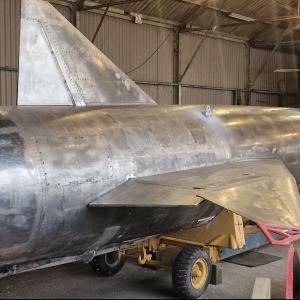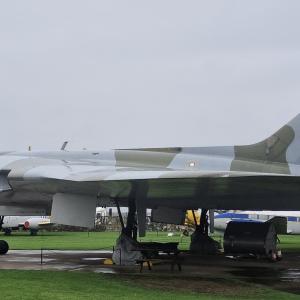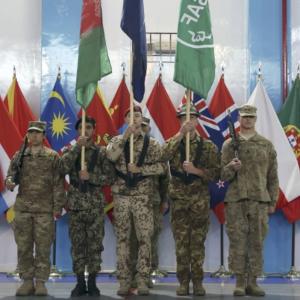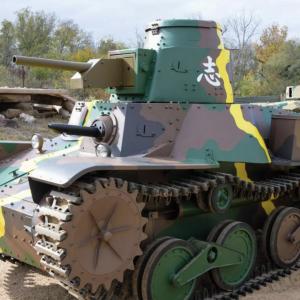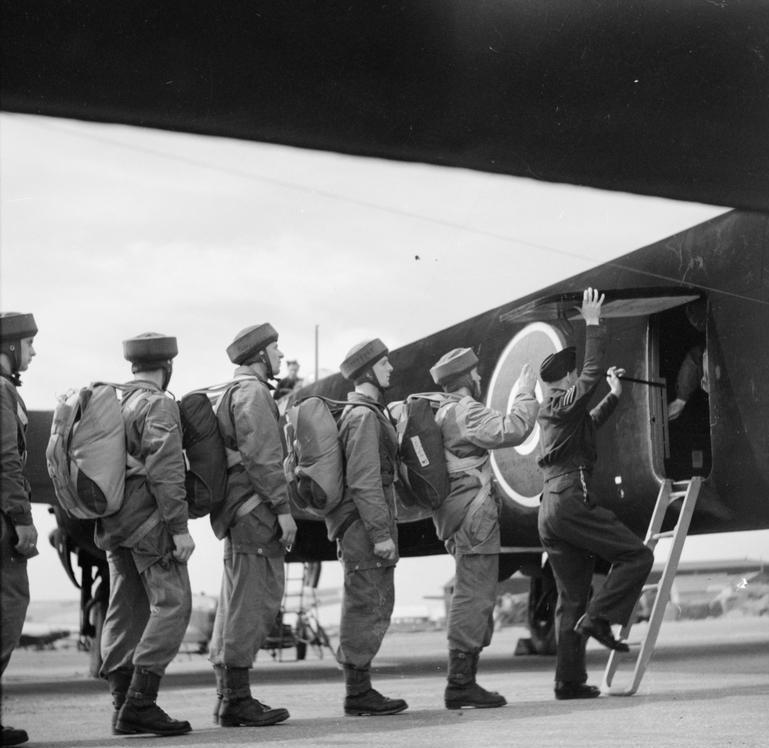
Formation of the Parachute Regiment
On 22nd June 1940, Winston Churchill wrote to General Ismay, calling for the creation of a force of at least 5,000 parachute troops.
Inspired by the effectiveness of German airborne units, which had successfully seized key objectives ahead of the Blitzkrieg across Western Europe, Churchill’s request accelerated existing but tentative plans. As a result, the Central Landing School RAF was established at Ringway Airport in Manchester as a hub for parachute training. Soon after, men from No. 2 Commando arrived to begin their instruction, making their first jumps on 21st July 1940.
On 21st November 1940, the unit was officially renamed No. 11 Special Air Service Battalion. By the end of the year, 500 officers and soldiers had qualified as parachutists. The unit underwent another name change on 15th September 1941, becoming the 1st Parachute Battalion as part of the developing 1st Parachute Brigade.
When the 1st Airborne Division was formed under the leadership of Lieutenant General Frederick Browning, the War Office consolidated parachute battalions on 1st August 1942 to establish The Parachute Regiment as part of the newly created Army Air Corps.
Churchill’s letter to General Ismay dated June 22nd 1940:
"We ought to have a corps of at least 5,000 parachute troops, including a proportion of Australians, New Zealanders and Canadians, together with some trustworthy people from Norway and France. I see more difficulty in selecting and employing Danes, Dutch and Belgians. I hear something is being done already to form such a corps but only I believe on a very small scale. Advantage must be taken of the summer to train three forces, who can, none the less, play their part meanwhile as shock troops in home defences. Prey let me have a note from the War Office on the subject."


